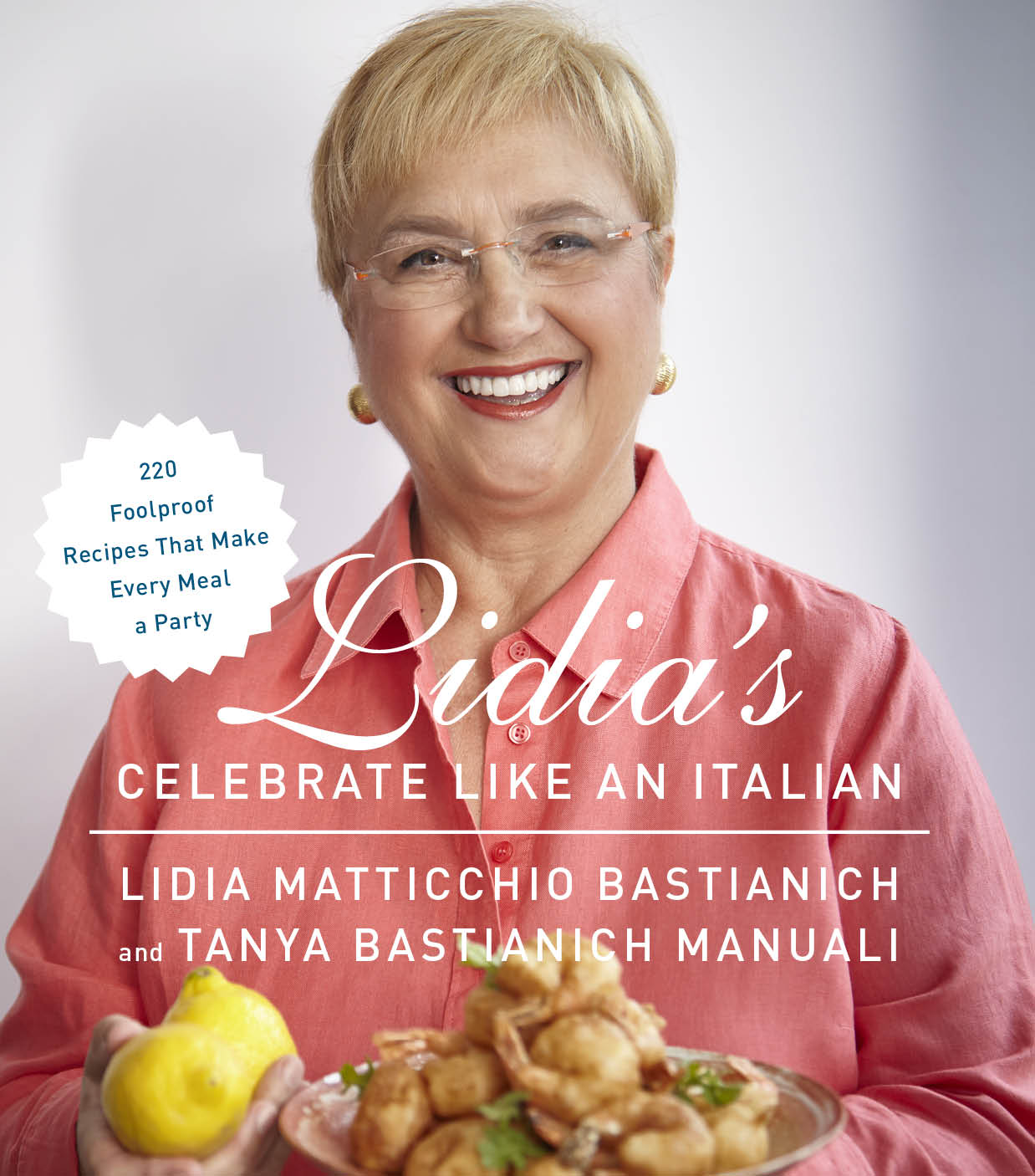6 servings or more
Notes
Pork shoulders (also called butts or Boston butts) are terrific roasts, tastier than pork loin, in my opinion, and definitely less expensive. To feed a big crowd, ask your butcher to cut a larger butt for you, or cook two smaller ones in a single very big roasting pan. Be sure to increase the vegetables, seasonings, cooking liquids, and cooking time proportionally with your meat.
Ingredients
- Roast
- 5 to 7 pound bone-in pork shoulder roast, exterior fat trimmed to ¼ inch
- 1½ teaspoons kosher salt
- 2 tablespoons extra-virgin olive oil
- Pan and Sauce
- 4 medium onions, cut into ½-inch chunks
- 2 medium carrots, cut into ½-inch chunks
- 2 medium leeks, white and light- green parts, cut into ½-inch chunks
- 3 stalks celery with leaves, cut into ½-inch chunks
- ¼ cup dried porcini mushrooms, crumbled or chopped (about ½ ounce)
- 1 teaspoon whole black peppercorns
- 6 whole cloves
- 1 tablespoon fresh rosemary leaves
- 2 fresh bay leaves
- 3 tablespoons extra-virgin olive oil
- 1 teaspoon kosher salt, plus more to taste
- 1½ cups dry white wine
- 3 cups chicken stock (see here)
Directions
For the roast, arrange a rack in the middle of the oven, and preheat to 400 degrees. Rinse and dry the butt, leaving the entire layer of fat on the top. Place it in a roasting pan, and sprinkle the salt on all sides. Pour on the olive oil, and rub it all over the roast. Set the meat, fat side up, in the center of the pan.
For the sauce, scatter all the chopped vegetables, the porcini, peppercorns, cloves, rosemary, and bay leaves into the pan around the meat. Drizzle with the olive oil, and season with the salt, tossing the vegetables around to combine. Pour the white wine and broth into the pan. The liquid should come up to about an inch on the sides of the meat; if not, add water as needed.
Set the pan in the oven, and roast for an hour; then stir the vegetables and rotate the pan back to front.
Roast for another hour or a little more (depending on the size of the roast). The internal temperature should be 170 degrees on an instant-read thermometer, and the meat should be browned all over with dark edges; the top (especially the fat) should be crisp and caramelized. There will still be a considerable amount of juices in the pan, and the vegetables should be cooked through and lightly browned. The roast is ready to serve now, unless you want to glaze it, in which case raise the oven temperature to 425 degrees and cook for an additional 15 minutes.
To make the sauce and finish the roast, lift the pork out of the roasting pan with a large spatula, and rest it on a platter. Set the roast on a warm corner of the stove, covered loosely with foil.
Remove the bay leaves, and then, with a potato masher, crush the cooked vegetables in the juices, breaking them up into little bits. Set a sieve in a medium saucepan, and pour everything from the pan into the sieve, including any flavorful caramelized bits that can be scraped up. Press the vegetables and other solids against the sieve with a big spoon to release their liquid, and then discard them. Let the liquid settle, and when the fat rises, skim it off. Set the saucepan over high heat; bring the juices to a boil and let them reduce to 3 cups, uncovered. (Add water before reducing if needed to make 3 cups.)
For further browning of the meat, return the roast to the roasting pan. When the oven is at 425 degrees, set the pan on a higher rack, baste with some sauce, and roast until browned and crusty, about 10 to 15 minutes, checking the meat frequently and turning the pan if browning unevenly.
Let the roast rest for 10 minutes before serving. Insert a long knife blade into the meat so it rests, then draw the knife blade along the bone, following its contours, and the meat will lift off. Arrange the boneless pork on a warm serving platter.
To finish the sauce, cook the strained roasting juices until they have reduced by half, or to a consistency you like. Moisten the roast with some of the sauce, and pass the rest of the sauce.

